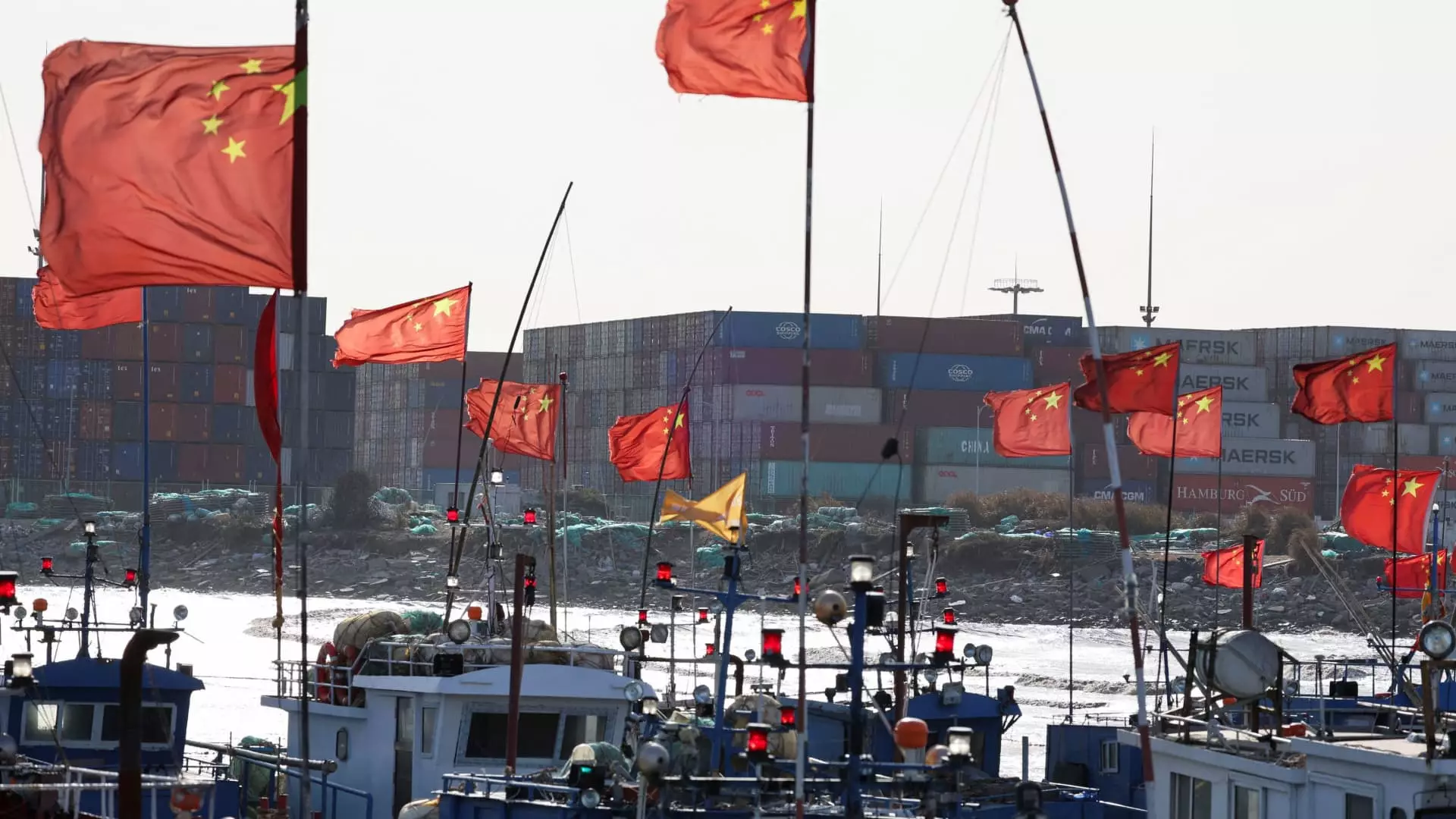China’s response to the G-7’s statements regarding maritime safety unveils the intricate tapestry of international relations where power dynamics, national pride, and regional security collide. Recent remarks from top diplomats of the G-7 — the prominent club of industrialized democracies — portraying China’s actions as “illicit, provocative, coercive and dangerous” were met with a sharp retort from Beijing, characterizing the G-7 as “arrogant” and “prejudiced.” This exchange not only highlights the diplomatic friction but also raises profound questions about the role of major powers in global governance, maritime safety, and national sovereignty.
Unpacking the Diplomatic Vitriol
The intensity of China’s response is noteworthy, indicating an unusual level of sensitivity to external criticism. It suggests that Beijing perceives the G-7’s joint statement not merely as isolated criticisms but as a challenge to its sovereignty and territorial integrity. China’s labeling of the G-7’s criticisms as “malicious intentions” reveals a defensive posture, underlined by a fear of perceived encirclement by Western powers. The sharp rhetoric utilized signifies a potent mix of nationalistic fervor and the ongoing evolution of China’s diplomatic strategy, which appears less willing to tolerate external pressures than in the past.
One could ask whether such retaliatory language from Beijing indicates insecurity at a time of considerable military and economic expansion. The irony could also extend to the G-7, which seeks to reassert its influence in a multipolar world increasingly shaped by rising powers like China. Instead of fostering amicable relations, we see an exchange laced with mutual suspicion, marking a darker turn in international discourse.
Navigating Taiwan’s Waters
The Taiwan Strait remains a flashpoint in this dialogue. The G-7 reaffirmed its commitment to the status quo in Taiwan, a vital mission considering the geopolitical stakes involved. China’s unwavering stance on Taiwan — claiming it as a non-negotiable part of its territory — often clashes with international viewpoints that uphold Taiwan’s democratic status. Strikingly, the G-7’s emphasis on maintaining peace and stability directly challenges China’s narrative, framing it unequivocally as the aggressor in the region.
Moreover, recent Chinese military exercises, particularly those encroaching upon Taiwan’s airspace, heighten tensions. The lack of transparency regarding military drills, such as the live-fire exercises occurring with minimal warning to nearby commercial flights, paints a picture of an assertive China unwilling to compromise its strategic ambitions. This posturing is not merely a display of military might; it is a strategic maneuver in a calculated game of geopolitical chess where China is both a player and a target of a much larger narrative.
The South China Sea: A Battlefield of Interests
The South China Sea is another significant theatre of confrontation, pivotal for global trade routes and regional geopolitics. China’s claims over the region, which account for about $5 trillion in annual trade, have been a source of contention, eliciting pushback from neighboring countries, including U.S. allies such as the Philippines. The G-7’s condemnation of “unilateral” actions in altering the status quo sends a clear message against China’s expansionist tactics, signaling solidarity among Western nations against China’s maritime claims.
In this context, China’s military posturing could be interpreted as a defiant assertion of sovereignty meant to deter foreign interference. Yet, it risks isolating Beijing within the international community, potentially precipitating an arms race or further militarization of the region, setting the stage for future conflict.
The Conundrum of Global Governance
China’s rejection of external judgments, particularly those made by U.N.-affiliated courts, signifies a broader challenge to established global governance frameworks. Beijing’s stubbornness illustrates an inherent conflict between a rising power that prioritizes national aspirations and a world order designed to maintain equilibrium among states. The diplomatic stalemate we observe echoes a fundamental paradox: as China seeks to expand its influence, other nations are compelled to draw lines in the sand, culminating in charged confrontations.
Moreover, while the G-7 projects a united front, their mixed responses to this growing tension reveal underlying divisions. The coalition must reconcile differing national interests while articulating a coherent strategy that addresses China’s actions without escalating tensions into open hostility.
China’s confrontation with the G-7 over accusations regarding maritime safety encapsulates the tumultuous nature of contemporary international relations, where power, pride, and principle often clash in tumultuous ways. The implications of this exchange extend far beyond the immediate rhetoric, pointing to an ever-evolving landscape where traditional dynamics are continuously tested, leading us to question the true meaning of global collaboration and sovereignty.

